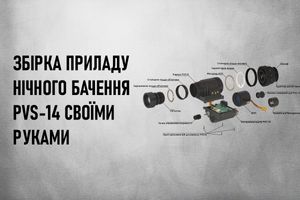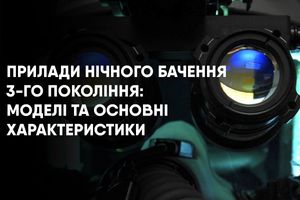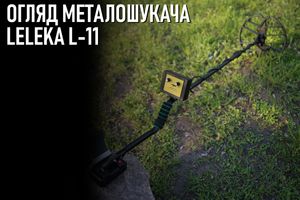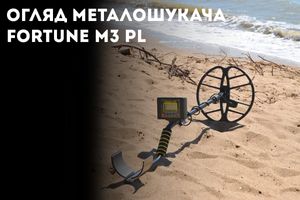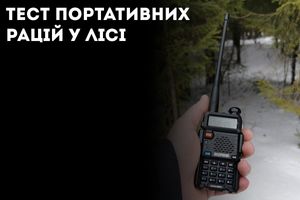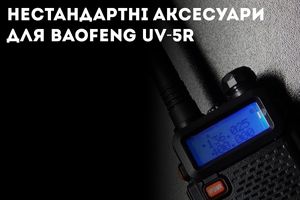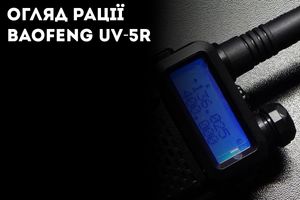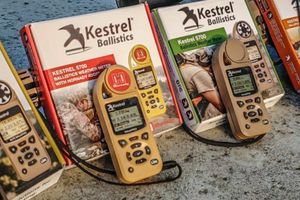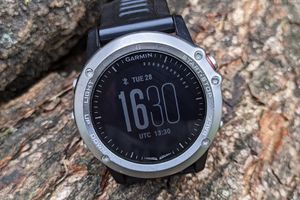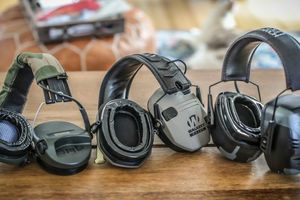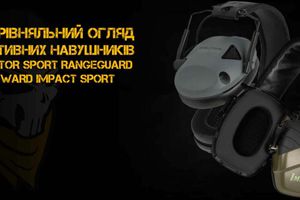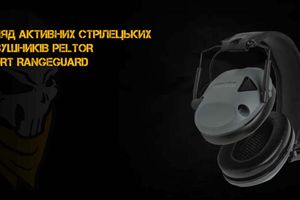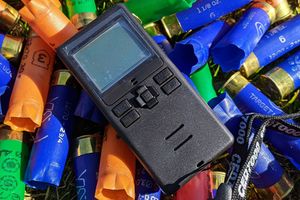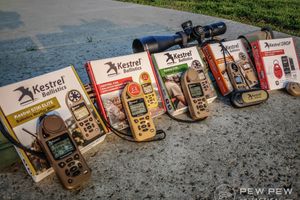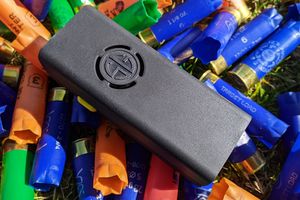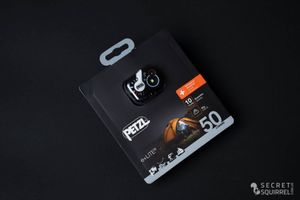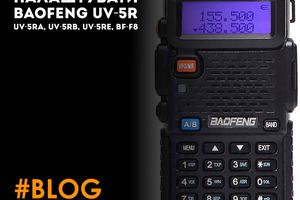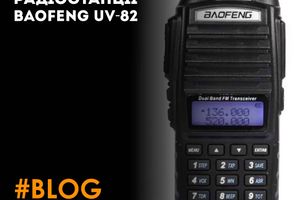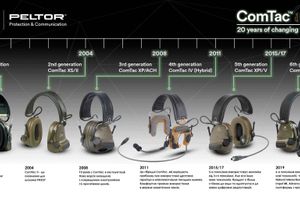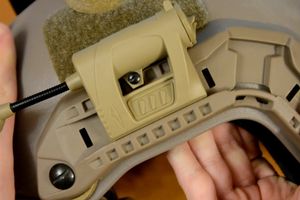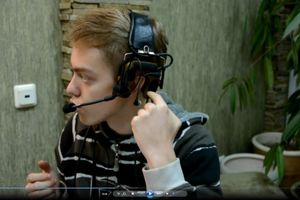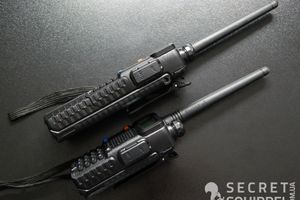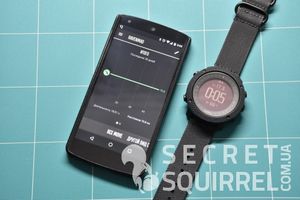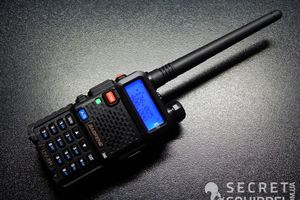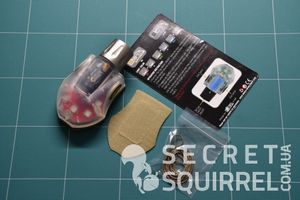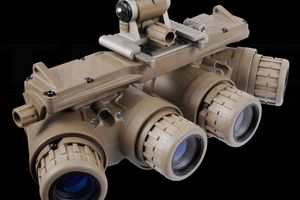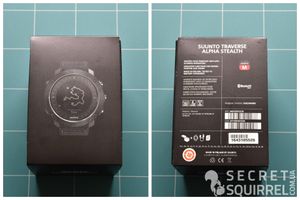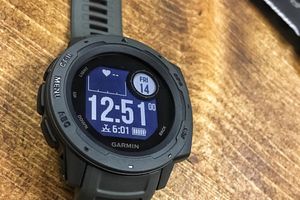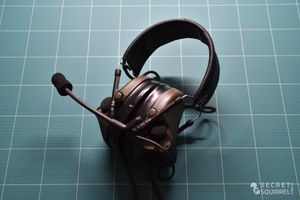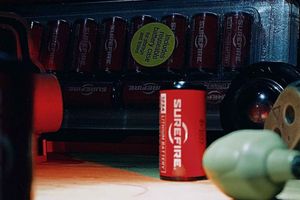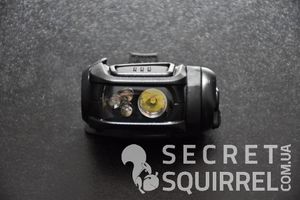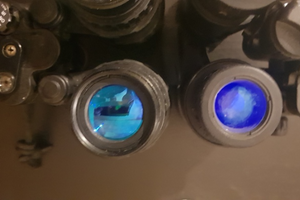Because life is pain, periodically we all experience the torment of choice. This is normal and requires some brain effort, but you came here to decompose, so I dump everything right there in the article. Saved time you can spend on anything else.
Now I will try to briefly explain what the difference is and how not to go wrong with the choice of our favorite accessory from Wilcox Industries.
I will consider options for the most popular American PVS-14 and those using its eyepiece, PVS-15/18 and Israeli MINI N / SEAS.
Let's start with a basic discussion of the issue, in which it is better to repeat platitudes than to get a stream of not-so-smart questions.
The “amber” filter is a piece of red plastic, which, when worn over the place of a regular eyecup, reduces eye fatigue from a bright green glow, and also helps reduce the so-called backsplash - the light that occurs on the user's face / glasses when used NVD without an eyecup. Of course, in most cases, it steals a little field of view and a lot of brightness, but it changes the color of the picture to a quiet amber hue that is pleasant to the eye. Of course, this is desirable (at least for the first time, until the eye has adapted) - to unscrew the brightness more strongly, which entails the appearance of more noise.

And so, there are 2.5 basic sets and in all 2.5 cases the filter itself is a standard plastic part that can only be worn on the PVS-15/18 eyepieces without adapters. In other cases, the use of adapters is required. If you buy a filter for PVS-15/18, you can use any kit, in the rest you have to choose your own device.
There are no differences in price, so saving will not work.
For installation on the PVS-14, it is necessary to put on a plastic spacer over the original ring for attaching the eyecup (I believe this is true for all devices that are compatible with attaching a regular army eyecup or cat's eye).

Eye cup with spacer installed and spacer itself separately.
The adapter for MINI N / SEAS is made, in my opinion, unsatisfactory and does not fit into the specifications of my device (the emphasis may be on the gross eyepiece coming into the Netherlands Armed Forces and Anzac, but according to local reports, it doesn’t work there either )
The idea was that the ring adapter would be worn over the eyepiece assembly, and the fixation would be done with a rubber band worn over the adapter. The adapter itself has 3 grooves through which the elastic, presumably by friction, creates a contact spot and holds the filter on the eyepiece.
Only it does not hold, at least without the use of blue electrical tape.

Version for MINI N / SEAS
The equipment may vary slightly, for example, in one case I put an additional ring for PVS-14 in the set for N / SEAS, and I also heard about a screw-in adapter for PVS-14, which does not require an original retainer ring (eye cup).

(*) Technically, there is a filter version for sale under F4949 (not available on the Wilcox website), commonly known as AN / AVS-9. But, as we recall, the ANVIS eyepieces (AVS-6 / AVS-9) do not have threads on the inside, because being in the cockpit of a helicopter / aircraft, there is no need to reduce its visibility by such primitive methods. For ground use, the original ANVIS binoculars are not officially adapted, as of them, in fact, wires stick out. There is a “ground” version of ANVIS called PVS-23 and whose eyepieces are no different from the PVS-14 eyepieces, which allows, if necessary, to use the standard version for PVS-14. I don’t know how to mount the filter on top of the eyepiece of ANVIS devices if you buy such a kit.
Source: vk.com/@nightvisionfans
Author: vk.com/nightvisionfans










































































































































